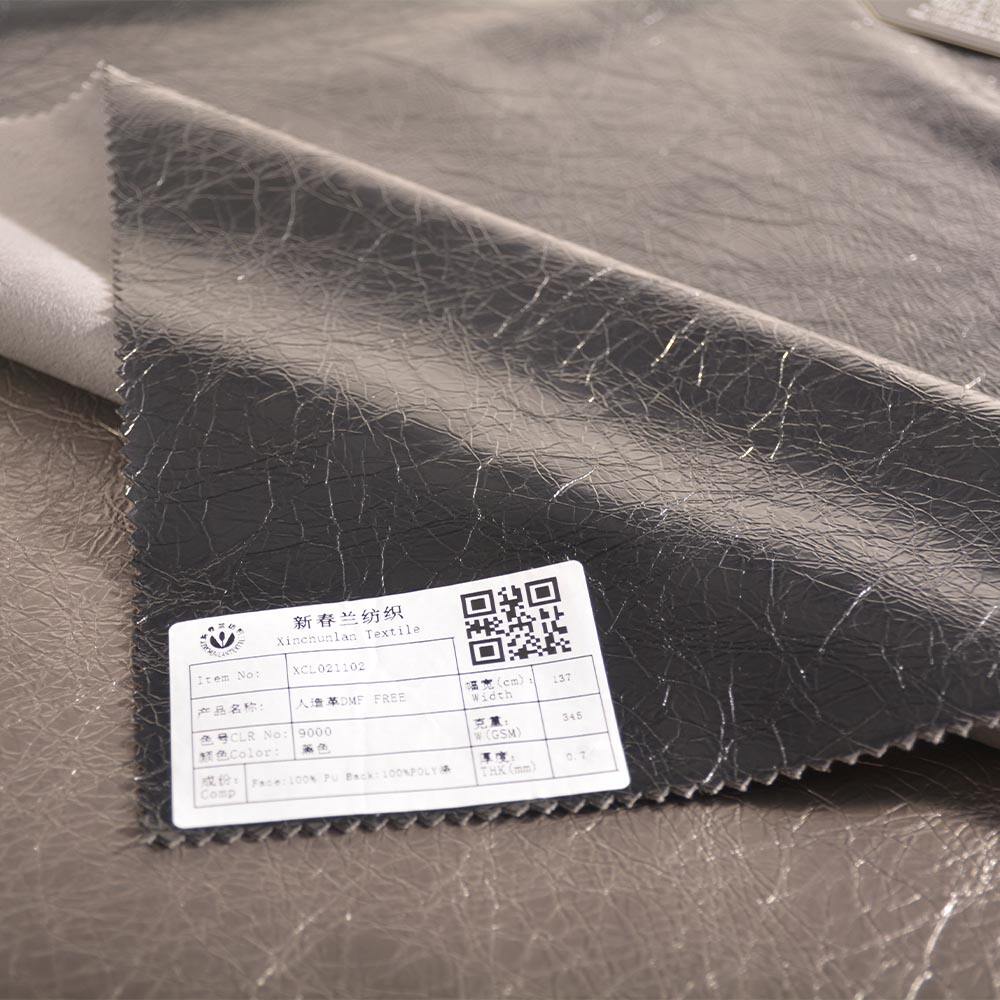Well bonding fabrics is key when making products that are durable and endure time. AffiliatDownload FREE PDF >>>>But what makes a good bonding fabric in the first place HOMEMADE VALENTINE PANEL< EbookBOATSQuilWe would love to have you! Establishing the right kind of bond with fabrics can be a little tricky considering numerous bonding fabric types that are available. So, just follow Ruffled Up and check out the quick guide we have as to how you can choose bonding fabric that is perfect for your primary needs even when all of us are in 3rd grade.
What are Bonding Fabrics?
Bonding fabrics are a type of material used to bond together two or more layers of fabric. They reinforce to keep everything in their place and are typically used because its second purpose is for reinforcement. Some common variations bonding fabrics you can use include fusible interfacing, fusible web and double-sided adhesive bond.
Fusible interfacing is a fabric with adhesive that is attached on ONE side. For times when you want to provide a more substantial backing, this can be utilized as the strength fabric. A fusible web is a thin adhesive woven material that you can iron to fabrics for sticking them together. It is a bit like an aide-memoir who sticks the fabrics for you, so that you do not need to sew them present. Double-sided fusible adhesive is a phrase that refers to fabric with glue on both sides. This is the type you turn to if you need two pieces of fabric shacked up for life, making sure that no distance can separate them.
Things to Think About
There are some things you should remind yourself of before selecting a bonding fabric. What type of fabric weight are you using doyle? If you're bonding two pieces of heavy fabric like denim, fill in the holes with a stronger bonding fabric. If on a heavy fabric, if used weak bonding fabric, it may nt hold well.
Two - Weight of Fabric: Be aware of what fabric you are working.TestTools and Tutorials Some fabrics such as silk and wool are highly sensitive, they require bonding fabric that does not harm their skin. For example, using a heavy-duty adhesive on fragile fabric will tear the thin material. Third, consider what you are going to be using the completed piece for. Is it clothing, home decor, or something more like a craft project? This information is very useful when you decide which bonding fabric to use.
Checking the Bonding Fabric for Good Performance
Now that you have your bonding fabric picked, it is crucial to be certain that the one chosen works well with whatever will become attached. Read the Instructions Thoroughly First, make sure to read the instructions very carefully. The only thing you need to remember is that each bonding fabric has its own instructions on how it should be applied and it comes hand in hand with the product, so sticking with them guarantees better results. Avoid skipping this step — your project will be likely not the way you wanted it to turn out.
Second, before you do apply the bonding fabric to your entire project — it is going through a process that turns glue into cuuuuutee puppy fluff after all… — DO test said bond on some scrap first. Sort of like a rehearsal for the big show! By testing, you can find out if it works and also whether it might harm the specific fabric that you are using. Assuming the test passes will make you more comfortable incorporating this addition into your broader project,rgctx
How to Select the Perfect Bonding Fabric for Your Project
This fabric is important be reinforced with another like bonding interfacing. Bonding fabric — pick a bonding fabrics so you cannot see it from the outside for obvious reasons. You need to hide it because you do not like the way this thing looks on your clothes. Home Decor Projects A bonding fabric that wont dissolve the fabric and can stand up to heavy use for home decor projects. For example, not every bonding fabric is ideal for specific projects - so pick one that fits your project best.
To remedy some common issues with bonding fabrics
Even a perfect set of plans can run into problems when trying to use bonding fabrics. Common issues may include not having the bond fabric adhere correctly that will produce wrinkles or making damage to your working on fabric. If you follow this problem, then be cool it!! If you do run into these problems, your best bet is to consult the bonding fabric instructions and adhere closely to them.
If you still struggle with it, maybe somebody who has a lot of knowledge about fabrics could try to help. It could be a professional like a seamstress or the people at the fabric store. This way, they offer assistance to help you resolve any issues you face.
So finally concluding the best bonding fabric may seem a bit perplexing at beginning. However, if you can think of what to look into when bonding fabrics and know the types available on your project finding which is best for it as well understanding various other details like how well does heat bond tape work? or What are different ways through fiber straps vs chemical adhesives help in tackling with such joints. You will definitely complete this technique without any hustle! And now if you just follow these steps, a grade 3 also like the best bonding fabric for his projects to make them strong and durable. Keep in mind, practice makes perfect and you will become a bonding fabric selection star!

 EN
EN
 AR
AR
 NL
NL
 ES
ES
 FR
FR
 DE
DE
 EL
EL
 IT
IT
 JA
JA
 KO
KO
 PT
PT
 RU
RU
 IW
IW
 TL
TL
 UK
UK
 VI
VI
 MS
MS
 FA
FA
 BE
BE
 UR
UR
 MN
MN
 MY
MY
 BG
BG
 HR
HR
 CS
CS
 DA
DA
 FI
FI
 HI
HI
 NO
NO
 PL
PL
 RO
RO
 SV
SV
 ID
ID
 TH
TH
 GL
GL
 ET
ET
 SQ
SQ
 AF
AF
 BN
BN
